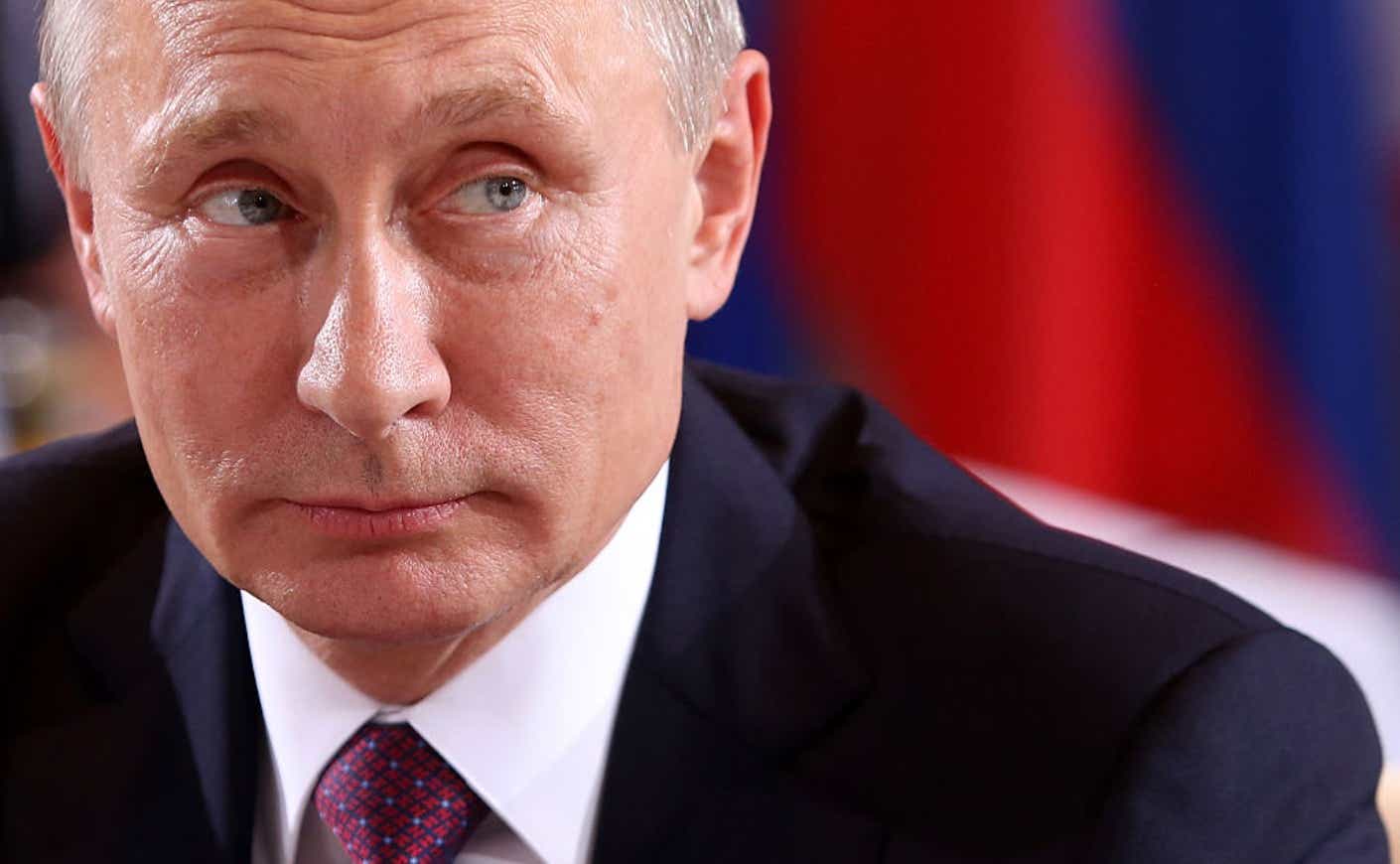Tensions between Russia and Ukraine are hitting a boiling point. Russian lawmakers green-lit President Vladimir Putin's request to use military force outside of Russia, which could pave the way for a broader invasion of its neighboring country Ukraine.
This potential infiltration comes as no surprise to top U.S. officials. President Biden already warned of an attack last week before agreeing to meet with Putin "in principle."
“Everything leading up to the actual invasion appears to be taking place,’’ Secretary of State Antony Blinken told CNN’s State of the Union on Sunday. “All of these false-flag operations, all these provocations to create justifications — all that is already in train.”
But what does this ongoing conflict mean exactly for those of us in the U.S.? Potentially everything from paying a higher price at the pump to cyber attacks. Here's what you need to know about the conflict and possible fallout.
Putin makes his move
Russian President Vladimir Putin issued a decree sending troops into two breakaway regions in Ukraine, and the country's Parliament has since authorized the use of military force abroad.
It's unclear whether this step — which the Kremlin has called a "peacekeeping mission" marks the beginning of an invasion. U.S. Ambassador to the UN Linda Thomas-Greenfield seems to think so, and told an emergency meeting of the UN Security Council Monday evening that Putin's recognition of these regions was an "attempt to create a pretext for a further invasion." She added that claims that Russian troops were on a "peacekeeping mission" were "nonsense."
Ukrainian President Volodymyr Zelensky addressed the nation early Tuesday saying: “we don’t owe anything to anyone, and we will not give away anything to anyone.”
What’s President Biden doing about it?
In response to Russia's aggression toward Ukraine, President Biden has announced a new round of sanctions targeting two major Russian banks, the sovereign debt, and some of the country's wealthiest elites. The president went on to call Russia's response just "the beginning of a Russian invasion of Ukraine,” and made it clear that he plans to impose additional retaliatory measures if Putin goes any further with its attack.
While the president has said that the U.S. wouldn’t get involved if Russia invades, he has vowed to defend “every inch” of territory pertaining to the North Atlantic Treaty Organization, an international alliance made up of member countries from North America and Europe. Ukraine isn’t a part of this agreement, but has ties, including military agreements, with other countries who are. Still, these fears about an invasion aren't just about Ukraine: security analysts worry that the risk of this conflict spilling over to other countries is "high."
But the U.S. isn't the only country pushing back: 27 European Union members unanimously agreed to levy their own set of sanctions targeting Russian officials. So far, Germany said it was halting an $11 billion deal known as the Nord Stream 2 gas pipeline that would increase the flow of gas from Russia.
President Putin has responded to the international pushback by saying that Russia open to dialogue for "the most difficult problems," but its interests and security are "non-negotiable."
"We see how difficult the international situation is developing, what dangers the current challenges pose, such as weakening of the arms control system or the military activity of the NATO bloc," Putin said in a clip released by the Kremlin for the national holiday, Defender of the Fatherland Day.
Putin isn't entirely without U.S. support: Former President Trump lost no time in praising his ominous incursion into Ukraine as "genius."
How could Russia and Ukraine's conflict impact the U.S.?
Biden warned that U.S. sanctions against Russia will likely cause some pain at the gas pump, but he added that he will try to limit this impact as much as possible.
“As I said last week, defending freedom will have costs for us as well and here at home. We need to be honest about that,” Biden said during a White House address. “But as we do this, I’m going to take robust action to make sure the pain of our sanctions is targeted at [the] Russian economy, not ours."
Just how much of an increase can we expect to see? Oil prices have already jumped 5 percent to nearly $100 a barrel, and an impact like this could have a rippling effect in other areas. If the Federal Reserve responds to these higher prices by tightening spending, that could also have an impact on inflation, which is already on the rise worldwide.
Then there’s the threat of digital warfare. Last month, the Department of Homeland warned that the U.S. could become the target of a cyberattack if it got involved in Russia’s plan to invade Ukraine.
A buildup of tensions
As global leaders continue to engage in diplomatic efforts to avoid war between Russia and Ukraine, there are approximately 190,000 Russian troops along Ukraine's borders.
Amid mounting concerns, Belarus announced Sunday that joint military exercises with Russia that were supposed to end this week would be extended, and U.S. officials are concerned that these drills are being used as a cover to attack Ukraine.
Meanwhile, Ukrainian officials have made it clear that they’re trying “every possibility” to prevent a war, and President Zelensky has even called on Putin to work together in solving the crisis.
But these tensions go way back: the Russo-Ukrainian War first broke out in 2014 and has been ongoing ever since. This conflict mainly centers on Crimea and parts of the Donbas, which are largely internationally recognized as part of Ukraine.









